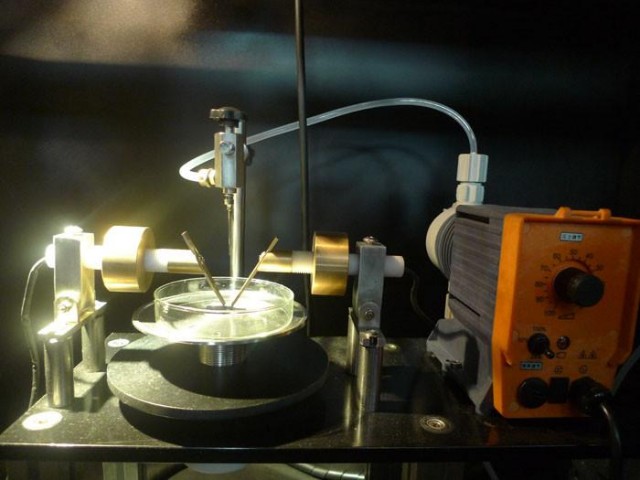IEC 60112
Method for the determination of the proof and the comparative tracking indices of solid insulating materials
The IEC 60112 standard covers the test method for determining the durability and comparative indices of solid insulation materials related to surface leaks.
The surface comparative tracking indices (CTI) is used as an acceptance criterion, as well as a means for quality control of materials and manufactured parts. The comparative tracking indices (CTI) is mainly used for comparing the properties of materials and their basic characteristics.
According to the IEC 60112 standard, it is recommended not to use a sample not less than 20 mm x 20 mm to reduce the possibility of electrolyte loss on the edges of the test sample. It is preferred to use separate samples for each test. The thickness of the test sample should be 3 mm or more. Individual pieces of material should be put together to achieve a minimum required thickness of 3 mm. CTI values obtained from samples less than 3 mm in thickness may not be compared with CTI values obtained in thicker samples due to the heat conduction to the glass support during thinner test samples. For this reason, the combined samples are allowed.
The CTI test is conditioned for at least 24 hours at 23 ° C ± 5 K with relative humidity (50 ± 10%) unless otherwise specified. After conditioning, a CTI test is carried out with approximately 20 mg of 50 or 100 drops of electrolytes falling between platinum electrodes at intervals of 30 seconds, 4 mm from the surface of the test sample. An A.C voltage of 100 V to 600 V is applied to the electrodes during the test. After the drip process of the test is completed, it is waited for at least 25 seconds and if there is no negativity, the CTI value of the sample is determined.

